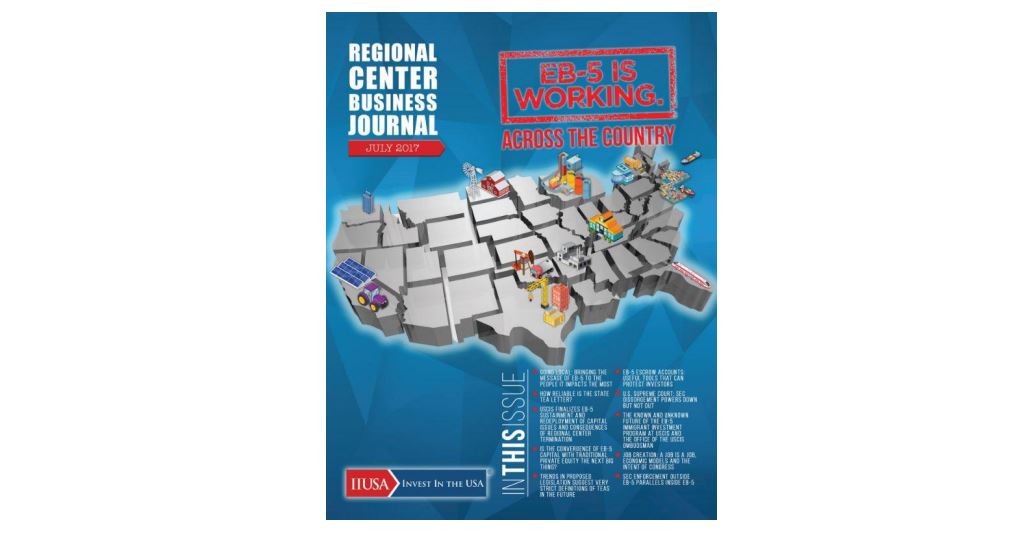By Maggie Mullane, Economist, Impact DataSource
In the previous publication, several large issues regarding Targeted Employment Areas (“TEAs”) from the Department of Homeland Security (“DHS”) January-proposed regulations were presented and discussed. Since that time, revisions have continued to be under debate in the legislative branch – and two notable pieces of legislation have been proposed: a draft of EB-5 reform and reauthorization legislation from Senate Judiciary Chair Chuck Grassley and Ranking Member of the Senate Appropriations Committee Patrick Leahy dated April 15th (the “Grassley proposal”), and draft legislation for EB-5 reform and reauthorization released from Senate Majority Whip and Immigration Subcommittee Chairman Senator John Cornyn dated April 30th (the “Cornyn proposal”).
The two proposals suggest myriad changes for the EB-5 Program – including new proposed definitions of TEAs. Both proposals offer one TEA type for rural areas and one for urban areas – a similar approach to the current definitions; both also include a new TEA type, which is a closed military base. The table below provides a summary of the proposed criteria for TEAs, as well as other proposed incentives.
A review of the proposals reveals several new trends in how to determine areas that should receive incentivized investment and how to provide that incentive.
For determining TEAs, two primary trends are noted: (1) the removal of aggregation options; and (2) the incorporation of New Market Tax Credit (“NMTC”)-type criteria (reflective of NMTC’s Severely, or Highly, Distressed criteria). The NMTC program is intended to support economic growth in “underserved” communities, which are determined by unemployment rates, poverty rates, and/or median income rates. By taking an NMTC-type approach, TEAs would be determined under a wider array of criteria than just unemployment rate, MSA status, and/or population. The incorporation of NMTC-type criteria is found in both proposals. Both utilize the NMTC-criteria for urban-based TEAS, and a variant of the approach is also used in the proposed Distressed Rural TEAs in the Cornyn proposal.









